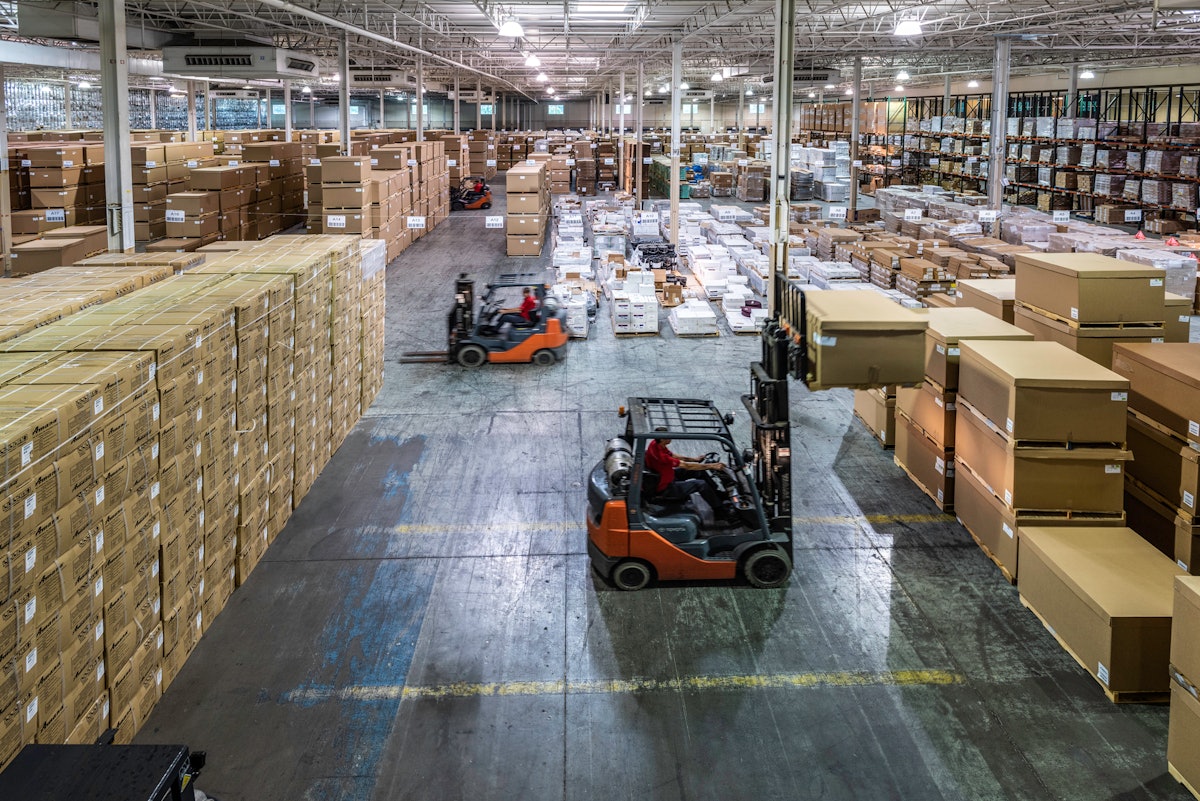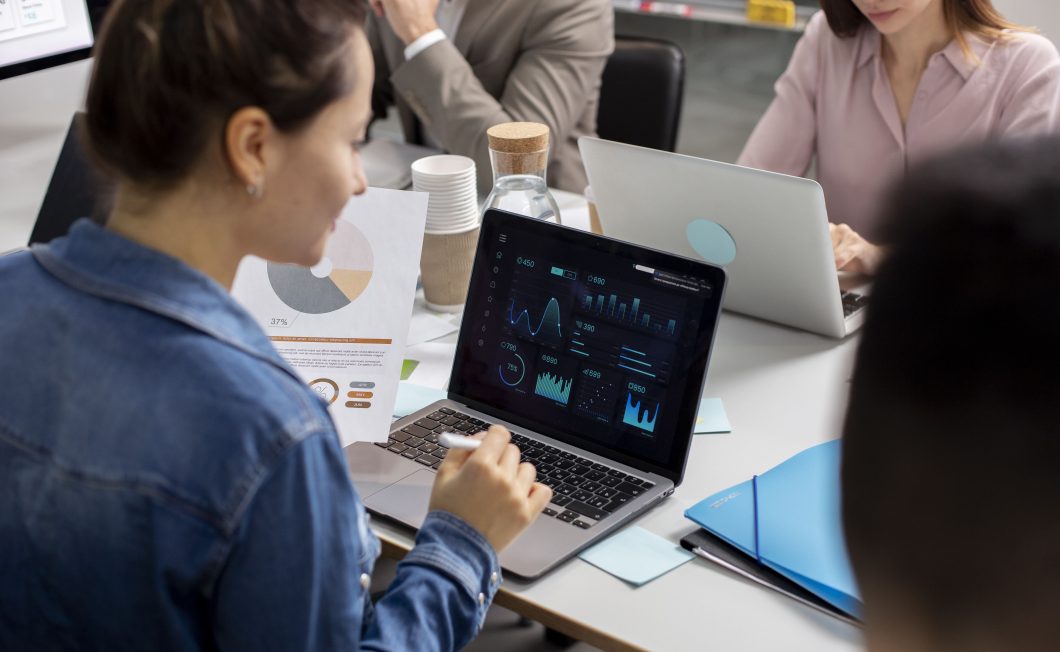The landscape of physical retail is undergoing rapid transformation, impacted by a confluence of technological innovation, evolving consumer expectations, and macroeconomic shifts. Today, brick-and-mortar stores can no longer rely solely on legacy business models and traditional customer service paradigms. Several significant trends are not just shaping the sector—they are fundamentally disrupting how physical retail operates, compels footfall, and competes with a digitally driven marketplace.
Omnichannel Integration: Blurring Online and Offline Boundaries
One prominent change-maker in the physical retail sector is the vigorous adoption of omnichannel approaches. Retail companies now understand that customers demand seamless, uniform experiences across all channels. This involves achieving coherence between brick-and-mortar stores, online shopping platforms, mobile apps, and even social commerce.
For example, large retailers such as Target and Walmart have heavily invested in buy online, pick up in-store (BOPIS) options. According to a 2023 report by the National Retail Federation, more than 70% of consumers utilized BOPIS at least once in the past year. This hybrid interaction not only drives in-store traffic but also provides traditional retailers with valuable cross-channel data, enabling more targeted marketing and inventory optimization.
Case Study: Nordstrom Nordstrom’s “Nordstrom Local” concept exemplifies effective omnichannel disruption. These smaller, merchandise-free hubs allow customers to pick up online orders, make returns, or get personalized styling advice, enhancing convenience while keeping operational footprints lean.
Experiential Retail: Turning Locations Into Attractions
Traditional retail is evolving from being merely transactional to becoming a venue that focuses on experiences, community interaction, and immersive brand engagement. Today’s consumers, especially Millennials and Gen Z, value distinctive and unforgettable experiences more than just buying products.
Example: Nike’s House of Innovation Nike’s flagship stores, dubbed “House of Innovation,” offer features like interactive sports zones, customization bars, and AR-enhanced product displays. These elements stimulate longer dwell times and foster deeper emotional connections between consumers and the brand.
Experiential elements extend beyond gimmicks; they play a crucial role in influencing purchasing decisions. According to a 2022 Deloitte survey, 58% of shoppers are more likely to revisit stores that offer engaging experiences, such as in-store events, workshops, or immersive product demos.
The Growth of No-Checkout and Contactless Shopping
Impulsado por avances en visión por computadora, inteligencia artificial y dispositivos IoT, el concepto de pago sin fricción está entrando rápidamente en el comercio minorista. La pandemia mundial aumentó esta demanda, haciendo que la higiene y la rapidez sean primordiales.
Amazon Go and Competitors Amazon Go introduced the groundbreaking “Just Walk Out” technology, allowing customers to simply enter, gather items, and leave without the need for traditional checkout processes—transactions are handled effortlessly through mobile applications and sophisticated sensors. Various other retailers, such as 7-Eleven and Tesco, are testing comparable models to reduce operating expenses and meet the increasing need for convenience among consumers.
Analysis of Data A Juniper Research study predicts that through 2025, seamless checkout technologies might handle $386 billion in transactions worldwide. This growth is backed by customer input—more than 60% of participants in a Capgemini survey conducted in 2023 expressed their preference for self-service checkout choices, mentioning faster service and improved control.
Sustainability and Ethical Commerce
Today’s consumers are increasingly conscious of their environmental and ethical footprints. Physical retail must respond by integrating sustainability across operations, from eco-friendly store design to supply chain transparency and localized sourcing.
Retailer Example: IKEA has amplified its sustainability initiatives in its physical stores by using eco-friendly materials, providing repair services, and testing buyback programs for furniture. These efforts strongly connect with customers who see environmental accountability as a standard expectation rather than something unusual.
Moreover, smaller chains and independents are leveraging sustainability as a unique selling proposition. Initiatives such as zero-waste packaging, carbon-neutral delivery for in-store pickups, and community recycling points are driving loyalty among eco-minded shoppers.
Adaptive Store Formats and Micro-Fulfillment
Retail space is evolving to become more agile and responsive to local market trends and inventory optimization. The proliferation of micro-fulfillment centers—small, automation-driven storage facilities close to consumer clusters—enables rapid delivery and supports click-and-collect models.
Case Study: Kroger Kroger, the largest supermarket operator in the United States, has partnered with robotics firms to build automated micro-fulfillment centers adjacent to existing stores. This model sharply reduces last-mile delivery times and enhances inventory turnover, providing a competitive edge against e-commerce giants with fast-shipping capabilities.
Entertainment in Retail and Community-Centric Commerce
Physical outlets are transforming into community hubs that encourage social engagement and fun activities. This development, frequently referred to as “retailtainment,” is visible in venues such as Apple’s flagship stores, where Today at Apple sessions are held, offering complimentary educational workshops and shows.
Community Hubs Companies like Patagonia and Lululemon arrange group runs, eco-friendly workshops, and exercise sessions, turning their retail locations into social centers rather than just retail outlets. These approaches enhance brand loyalty and set apart physical stores as vital meeting places.
Customization Driven by AI and Retail Analytics
Retailers are deploying sophisticated analytics platforms powered by artificial intelligence and machine learning to customize the in-store experience. This includes dynamic pricing displays tailored to customer profiles, personalized promotions delivered via smartphone beacons, and even AI-driven fitting room assistants.
New Development: Sephora Sephora’s in-store AI tools suggest items according to skin characteristics, previous buys, and live responses, offering a deeply personalized journey that boosts contentment and spending.
Additionally, retailers are implementing heat mapping and facial recognition technologies to enhance store arrangements, product positioning, and workforce allocation, boosting both customer interaction and sales conversion.
Physical retail is undergoing a transformation driven by elements acknowledging the merging of digital and physical store experiences, the quest for sustainability, and the wish for more profound and significant interactions. Stores are evolving beyond simple transaction points to become versatile centers—serving as distribution hubs, event venues, and community focal points. The trends changing the sector will benefit retailers capable of foreseeing changes in consumer expectations, adopting technology, and crafting experiences focused on people and flexibility. This change pertains as much to attitudes as it does to operations, and those adapting will contribute to shaping the future landscape of retail.




